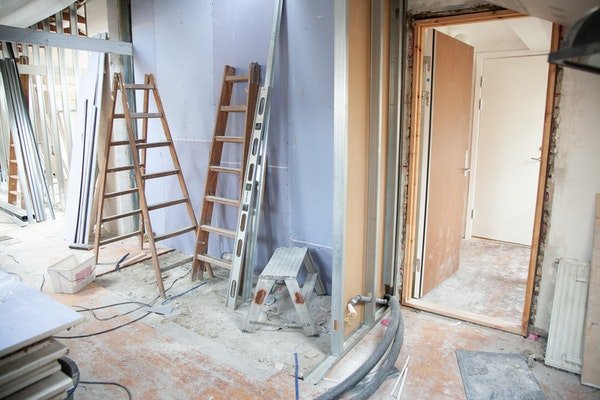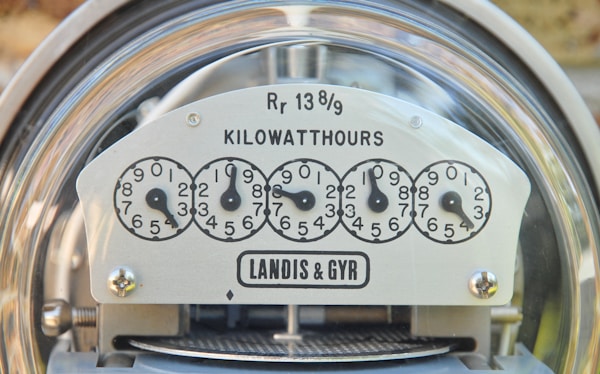Introduction
You might think that you need to call a plumber like these Wangaratta plumbers as soon as you notice a problem with your plumbing. However, many signs can indicate when it’s time for maintenance. If you wait until a major plumbing disaster occurs, you will likely have to pay higher repair costs because the issue was not addressed earlier. In this post, we’ll go over some common signs that your pipes or faucets need maintenance so that you can avoid costly problems down the road!
Changing water pressure
- Changing water pressure is a sign that there is a problem with the plumbing system. If this happens, it’s important to have it checked out by a plumber because low water pressure can cause problems with your appliances and toilets.
- If you notice that your hot-water heater isn’t working properly, it’s time to call in a professional for maintenance. A malfunctioning hot-water heater can lead to many issues such as high energy bills and burst pipes due to an inability for warm water to flow through them properly.
Leaky pipes
Leaking pipes can cause damage to your home and be dangerous. In addition to leaks, other issues such as frozen or burst pipes may also need to be addressed by a plumber. Pipes that do not have proper insulation can freeze or burst when exposed to frost, which can cause major problems in your home. Leaking pipes cause moisture buildup in walls and ceilings, which can result in mold growth both inside and outside of the house. If left unnoticed, this could lead to serious health issues for you and your family members who live there!
Mold or mildew growth
You can’t see it, but mold and mildew are growing in your home. The problem is that you can’t even smell it until it’s too late.
Mold is a fungus that grows in damp places, like showers or bathrooms. And if you breathe it in, there’s a chance you’ll experience symptoms like coughing and wheezing—not to mention damage to your lungs. It also causes allergic reactions in some people and can lead to asthma attacks.
Mold loves to grow on walls, ceilings, floors, and even pipes under sinks and appliances such as dishwashers or refrigerators. The bathroom is particularly susceptible since moisture from showers gets trapped there with nowhere else to go because of its closed-in nature.
Water pooling in your yard or basement
If you find water pooling in your yard or basement, it could be due to several different issues. However, this is typically a sign that something is wrong and needs to be addressed immediately by a professional from Milestone Electric, A/C, & Plumbing or another similar company. In some cases, it could be due to a leak in the pipes. If this is the case, then you can expect long-term damage if it isn’t fixed quickly enough—which means more money down the drain.
Also, keep an eye out for frozen pipes during the winter months, as well as sudden bursts of water coming out of nowhere when there haven’t been any before. These could be signs of frozen or broken pipes that need immediate attention, so call for help right away!
Running water when you are not using any water
If you notice that your water pressure seems to be inconsistent, this can be a sign of a leak. When there is a leak in your home, the water pressure in all fixtures will not be consistent. The best way to check if you have a plumbing problem is to check all of your faucets and toilets for leaks. If you do find one, it’s time to schedule an appointment with a plumber so they can fix it for you.
Plumber maintenance can save you from future plumbing disasters.
- Plumber maintenance can save you from future plumbing disasters.
- Prevent expensive repairs.
- Prevent damage to your home and family.
Conclusion
The bottom line is that it’s better to be safe than sorry. If you notice any of the signs above, it’s best to call a plumber right away so they can take a look at your pipes and give you an honest assessment of what needs fixing.







